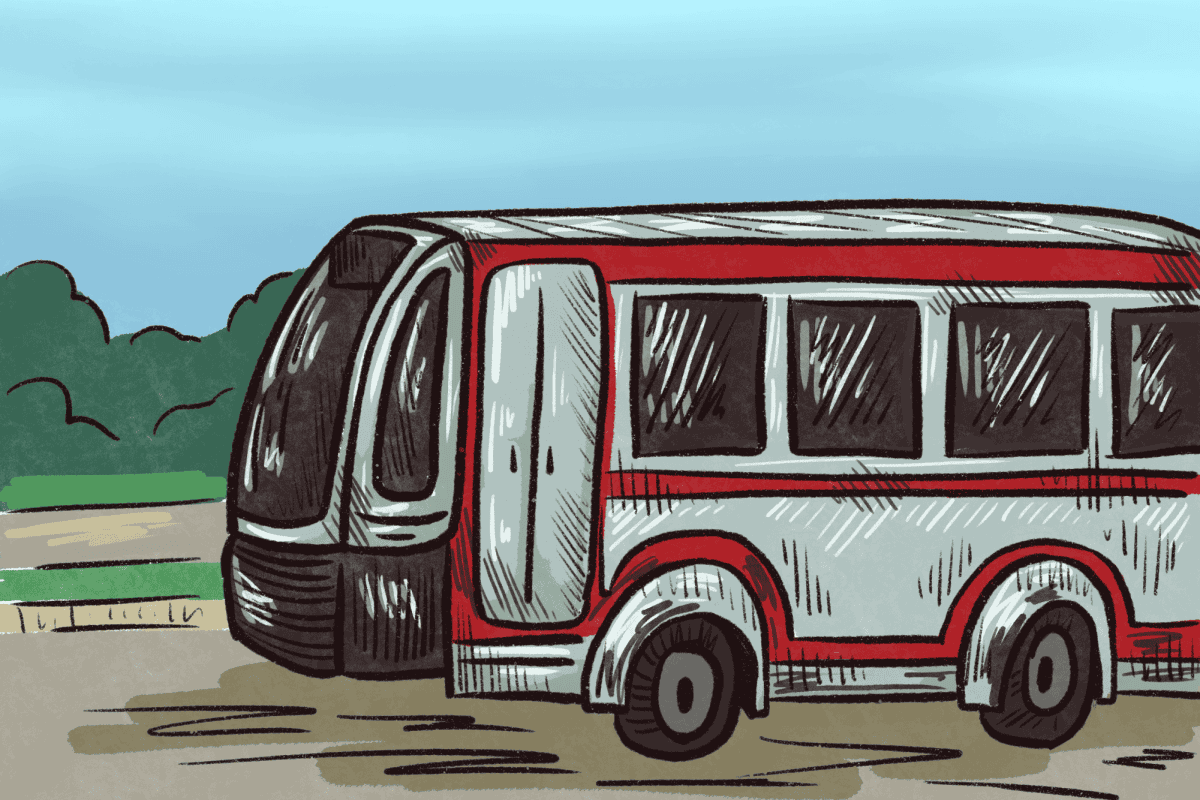During the 2013-2014 school year, the University of Pennsylvania’s Netter Center for Community Partnerships conducted 64 academically-based community service courses, ranging from those that allowed students to assist in music education at local high schools to those that partnered with local hospitals studying asthma prevention programs.
In fall 2014, The University of Alabama’s Service Learning Pro website listed 22 different courses – certainly a respectable number. That said, UPenn is a school with slightly more than 10,000 undergraduate students, whereas The University of Alabama has recently broken the 30,000 mark. In general, students here simply have fewer choices when it comes to service-learning programs, which translates into lower participation overall. There are several reasons why the University should do more to expand these types of courses.
First, not only can service-learning courses exist within any department, but they can also benefit more than just the students who take them. These courses are unique ways of leveraging one of the greatest forms of capital a college or university has–its human capital–to uncover and implement innovative solutions to issues in the community.
Many of the service-learning courses that the University does have are wildly successful. In 2012, more than 130 students participated in the SaveFirst initiative, which is offered as a class through the Honors College as well as individual departments, and prepared over 3,200 tax returns, helping Alabama families claim more than $7 million in refunds and commercial fees.
In addition, the Every Move Counts initiative places UA students in local schools to teach children how to play chess, which has been proven to increase various cognitive and emotional skills. When students take these classes, not only do they learn invaluable lessons about the nature of the problems that their society faces, but they also develop a unique bond with the Tuscaloosa community that could not be formed in the classroom alone.
This leaves the question of how he University should go about expanding these classes. For starters, both of these programs are administered through the Center for Ethics and Social Responsibility. If we are serious about being a force for positive change in the Tuscaloosa community, we should consider increasing our support, financial and otherwise, for this center that has visibly done just that.
The precedent that institutions of higher education can require its students to take certain classes has long been set. If the University can mandate that all of its undergraduate students take X hours of hard sciences or Y hours of some vague “humanities” classes, why can’t it do the same for service-learning courses? And if we’re being honest, the vast majority of non-STEM majors will make very little use of biology, chemistry and physics, while STEM majors may simply not need as many humanities hours as other students. But, as noted previously, service-learning courses can benefit everyone, beyond just the students who take them.
Benjamin Franklin once remarked that “the great Aim and End of all Learning … is service [to society].” In many ways, the University does a superb job of carrying on that call to serve. However, it could do much more by expanding and requiring service-learning classes that would engender a sense of lifelong commitment to public service in its students. Let’s stop talking about it and start acting on it.
Chisolm Allenlundy is a junior majoring in philosophy and economics. His column runs weekly.






